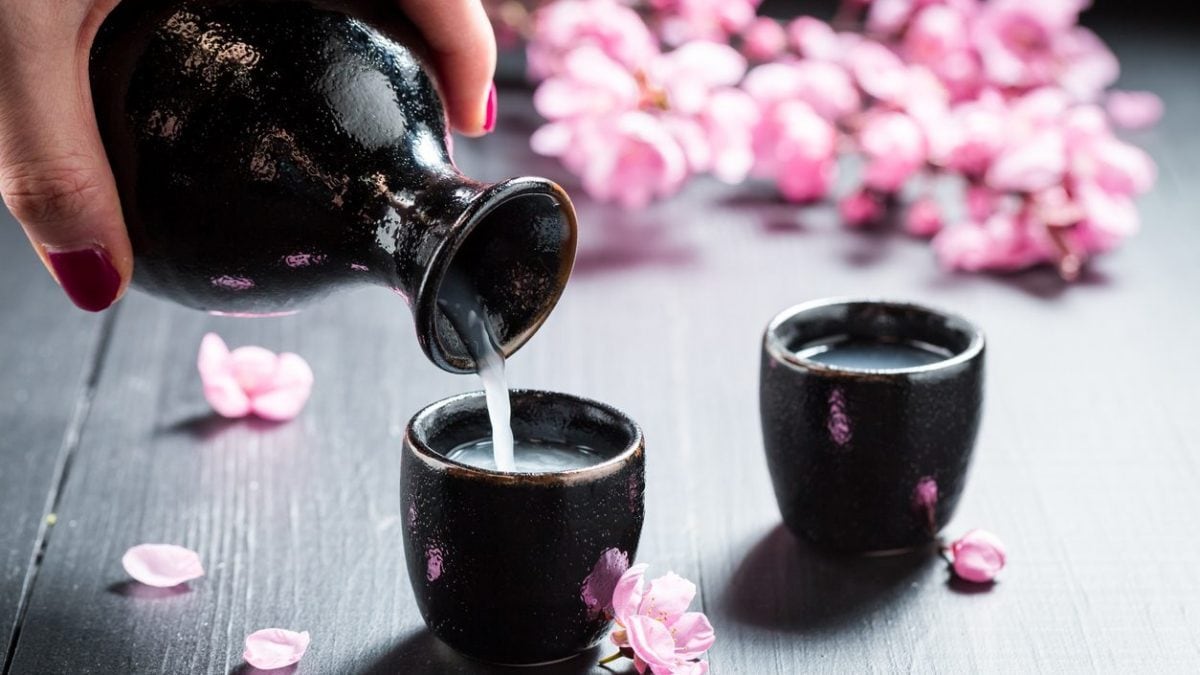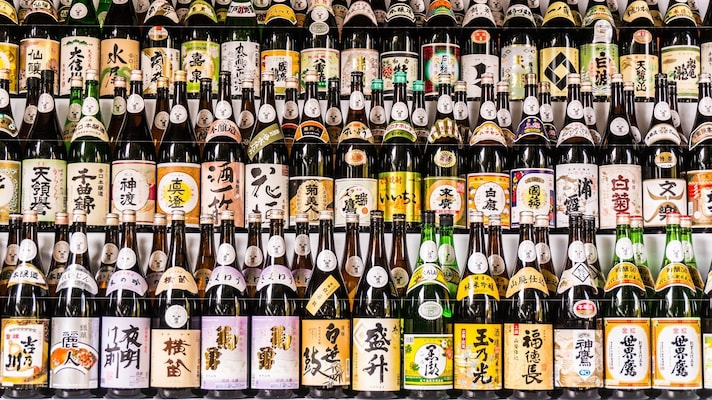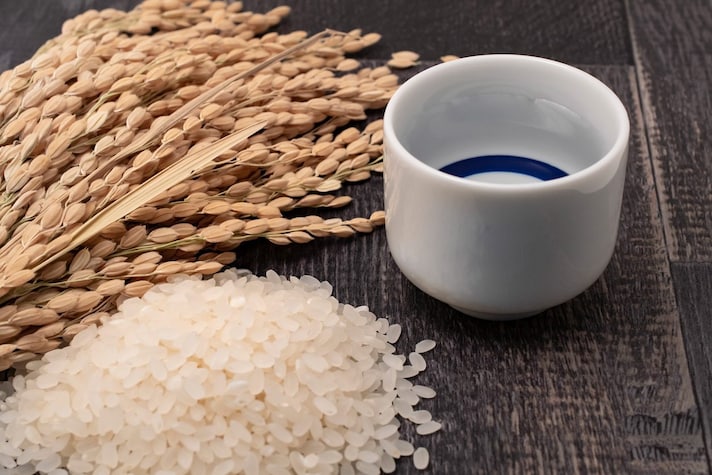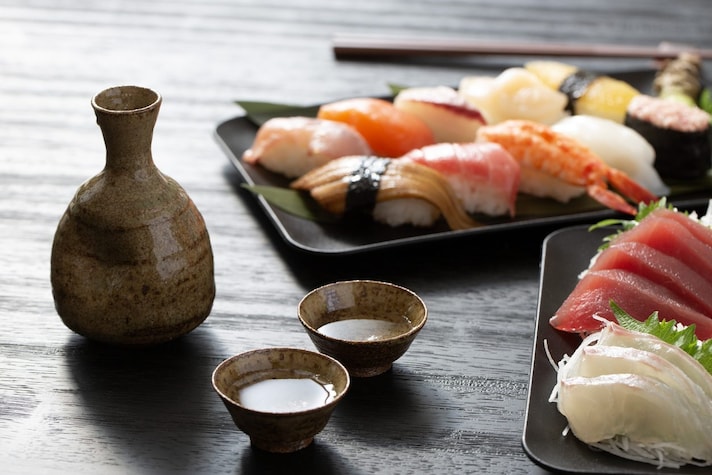
We've heard so much about it and have been intrigued by this product several times. We're talking about sake, a Japanese alcoholic beverage with roots dating back over a thousand years, well-known throughout the world and a defining characteristic of Japan. Listed by UNESCO as a World Heritage Site, its origins date back to China in the fifth millennium BC and it was subsequently exported to Japan. Here's a comprehensive guide to sake, which will help you understand the various types and how the Japanese pair them.
Nihonshu, the True Definition of Sake
We must begin with a technical definition: it is incorrect to call the distilled spirit we all know sake. In Japanese, sake means "alcoholic beverage" and is a term used generically for all types of alcoholic beverages. The distilled spirit we all know as sake is actually called nihonshu and is a fermented beverage whose production process is more similar to that of beer than wine. Produced by fermenting rice, in Japan it is often the protagonist of important events such as religious ceremonies, celebrations, or simply enjoyed daily.
Traditionally, nihonshu was prepared in temples and offered to the gods as part of religious rituals. Today, however, it is a commonly consumed beverage that pairs beautifully with certain foods. Unlike some Italian alcoholic beverages, such as grappa or bitters, which are often consumed after meals, nihonshu is unique as a drink accompanying various dishes.
This alcoholic beverage is composed of four elements: water, yeast, rice, and koji (a fungus that converts starch into sugar). The production process begins with water, which must be as pure as possible: the more crystalline and uncontaminated the water, the better the final flavor of the nihonshu will be. Just like grapes are used to make wine, rice is the element that gives the alcoholic beverage all its primary aromas, both on the nose and on the palate. For this reason, there are different types of rice spread throughout the world with which nihonshu can be produced. The most famous is sakamai rice, which has a starchy core and an outer layer of lipids and proteins, characteristics that differ from normal table rice.

How Nihonshu is Produced
The first step to producing a good distillate is cleaning the rice. This removes the outer layer to eliminate impurities and reveal a starchier portion. This is then fermented into alcohol using a special type of yeast and koji. The end result is a beverage that can vary in sweetness, dryness, or alcohol content.

The Different Varieties of Nihonshu
As with wines, nihonshu also has several varieties that pair well with certain types of dishes.
- Among the most popular are ginjo and daiginjo, refined and delicate spirits that pair beautifully with sushi or sashimi. Being highly prized, they are among the most expensive on the market.
- Junmai sake, on the other hand, pairs beautifully with grilled meat and vegetables. Its flavor is full-bodied and earthy, and it's prepared without the addition of alcohol. The quality of this distillate depends on the degree of polishing of the rice: the lower the polishing, the stronger the flavor.
- Among other varieties, we find nigori: cloudy, unfiltered sake in which a higher percentage of residual rice is left . This gives nigori a whitish, creamier appearance. It pairs well with spicy foods.
- Koshu, on the other hand, is a sake aged and matured for several years with a woody, dry and fruity flavor.
If you're looking for a cheaper option on the market, you should opt for futsushu, which is of lower quality because it undergoes more industrial processing and has a higher percentage of alcohol and sugar, which improve its flavor and stability.

The Right Temperatures for Enjoying Sake
These types of sake can be enjoyed at different temperatures: the ideal temperature depends on the type of drink you are enjoying. Ginjo and daiginjo, being more refined, should be served cold, between 41 and 50°F (5-10°C). Junmai should be enjoyed at room temperature, generally between 59 and 68°F (15-20°C). Sake can also be drunk warm, as in the case of nigori or futsushu (between 104-122°F/40-50°C), to enhance its flavor and cover any defects.
;Resize,width=767;)
